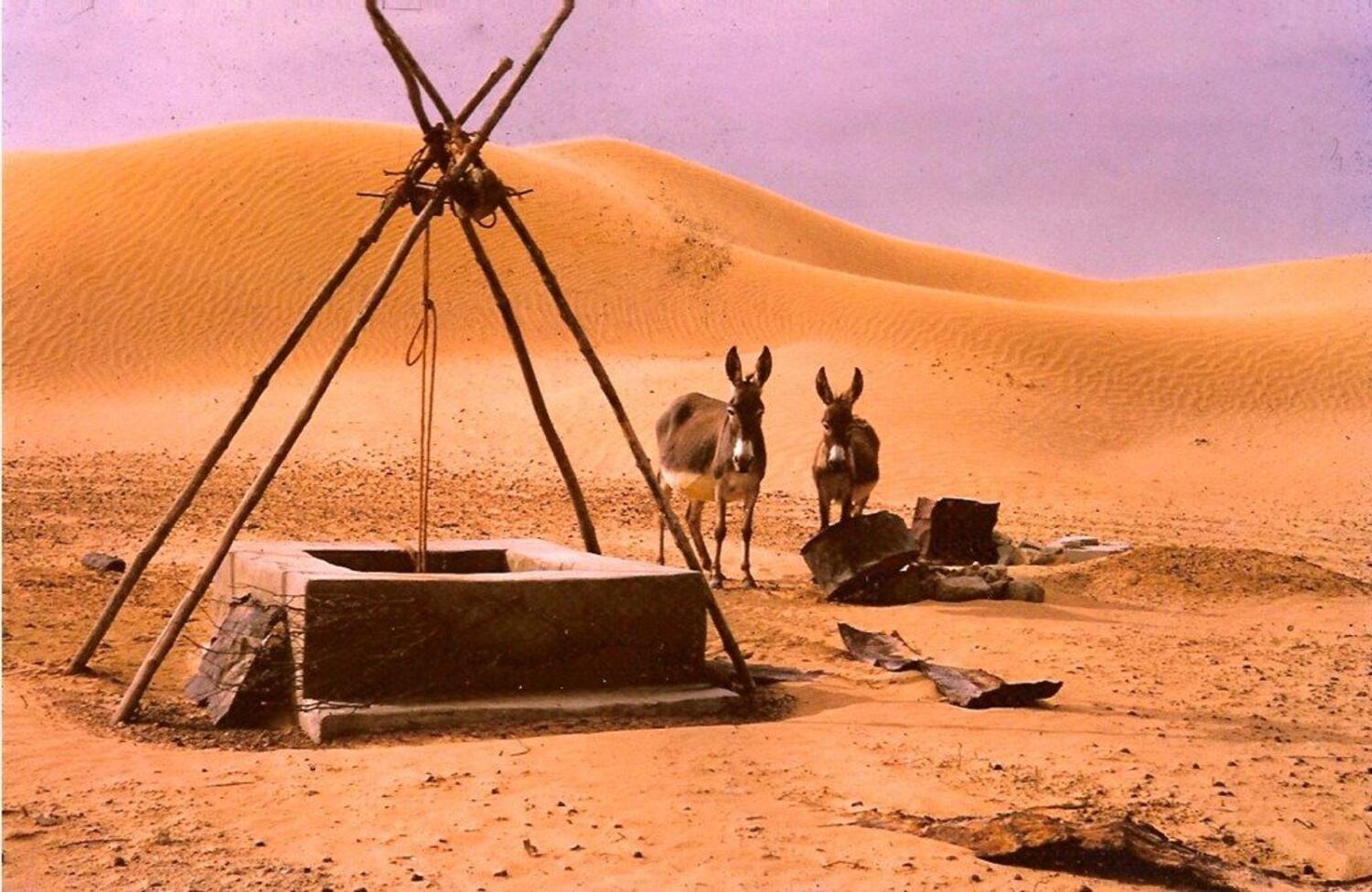The sky was overcast, and it was a rainy day as an unexpected beauty enveloped the Emirate. This was 2 December 1971. As the inhabitants woke up on that Thursday, contemplations lingered about the future that awaited them.
“I distinctly remember that period and the day. The British departed after their imperial overreach was exhausted politically and their financial resources were drained. People were discussing imminent issues and speculating about the future. There was an atmosphere of anxiety that prevailed as discussions with friends and family revolved around various possibilities,” said 64-year-old UAE historian, Saif Mohammed Al Bedwawi, taking Daily Times through an immersive time capsule during an interview.

“Nonetheless, despite the unease, it turned out to be a wonderful day that brought hope for all…and I remember…it rained on the day when we came together into a united federation,” he added.
The man who had seen life in the Emirate before its unification highlighted the country was just an expansive desert with unending dunes, a sight that extended as far as the eye could behold.

The two great leaders met at Seih Al Sedira
Bedwawi mentioned while it’s widely acknowledged how the Late Sheikh Zayed bin Sultan Al Nahyan, the founding father of the UAE, and Sheikh Rashid bin Saeed Al Maktoum, the former ruler of Dubai, had pivotal roles in shaping the UAE’s formation, “But what a lot of people may not know is that the two great leaders met at a place between Abu Dhabi and Dubai called Seih Al Sedira. This meeting was crucial in laying the groundwork for the collaboration that ultimately led to the formation of the UAE in 1971.”
“They first came up with the decision of establishing a federation between two emirates…between Dubai and Abu Dhabi. That was signed on 18 February 1968. The second agreement was to bring in other emirates,” he added.

‘Life was tough’
Recalling a bygone time when there was no industry and a weakened economy, he said people were prompted to seek work elsewhere.
“There was some kinship between the different Emirates but they were not united. There was a meeting of all the Sheikhs in Al Khawaneej Dubai. There were no industries, and the economy was not strong. People went to other countries like Saudi Arabia, Bahrain, and Kuwait to work. But later oil was discovered here and that started making things better for the local people.”

Initially, Abu Dhabi, Dubai, Ajman, Al Fujairah, Sharjah, and Umm Al Quwain formed the six emirates that united to create a federation on December 2, 1971. These emirates declared independence from Britain and established themselves as the United Arab Emirates. At that time, Ras Al Khaimah chose not to join but later became part of the federation in February 1972.
Explaining the lead-up to the unification of the Federation, Bedwawi said, life in the Trucial States which was a collection of sheikhdoms was tough.

It wasn’t as much a defined country as it was a vast area occupied by loosely connected tribal groups spanning approximately 83,000 square kilometers.
“There were very few jobs for people. The real development started with the coming of Sheikh Zayed in 1966. Britain tried to develop the Emirates but didn’t have money. In 1966 Sheikh Zayed first gave 500,000 Bahraini dinar and that sowed the seeds for real development. Initially, there were no roads leading up to Abu Dhabi until Sheikh Zayed ordered for the road links to be made in 1968.”
There were no roads between Sharjah and Dubai either.

“Jobs were available to work in the military only,” said the scholar who was born in the Masfout area, a place 120km away from Ajman. “There were no schools for students. Most students relied on the Mutawa (a person who taught young boys and girls how to read the Quran) teaching Quran. Some people would host teaching employees’ children in their homes.
“Kuwaiti schools and hospitals were established in all emirates with the British setting up technical schools in Dubai and Sharjah. Gradually, in 1933 Sharjah started formal education, getting teachers from Kuwait.”

Pirates combed the oceans
Sparse vegetation, hardy shrubs, and tenacious desert flora clung to life, their roots delving deep into the arid earth for sustenance. Human beings and animals adapted to the harshness of the desert.

Pirates combed the oceans and sought sanctuary along the shores of various states. “It was not safe to travel, robbers were rampant and no ships could go to India.”

Back then, Britain initiated assaults on pirates to safeguard its trade route to India, subsequently establishing connections with the emirs of the Trucial States.

How the dirham was born
Taking about the evolution of the UAE Dirham, he explains Maria Theresa Thaler, or Trade Silver Dollar was in circulation before the Indian rupee became the legal tender here.
“It was the beginning of the century when the Indian rupees were being used.” But after 1966, the Gulf leaders gathered and discussed that they needed to have a stable currency of their own. “For three months they used the Saudi Riyal. Abu Dhabi used the Bahraini Dinar. Dubai and Qatar established their own currency. It was the Riyal of Qatar and Dubai and that was used by other Emirates also.”

“The UAE Dirham was born in 1972-73,” he added.
‘It rained on the day the Emirates became one’: UAE historian details life before 1971
Recalling a bygone time when there was no industry and a weakened economy, the historian explains how tough life was in the Trucial states
136


